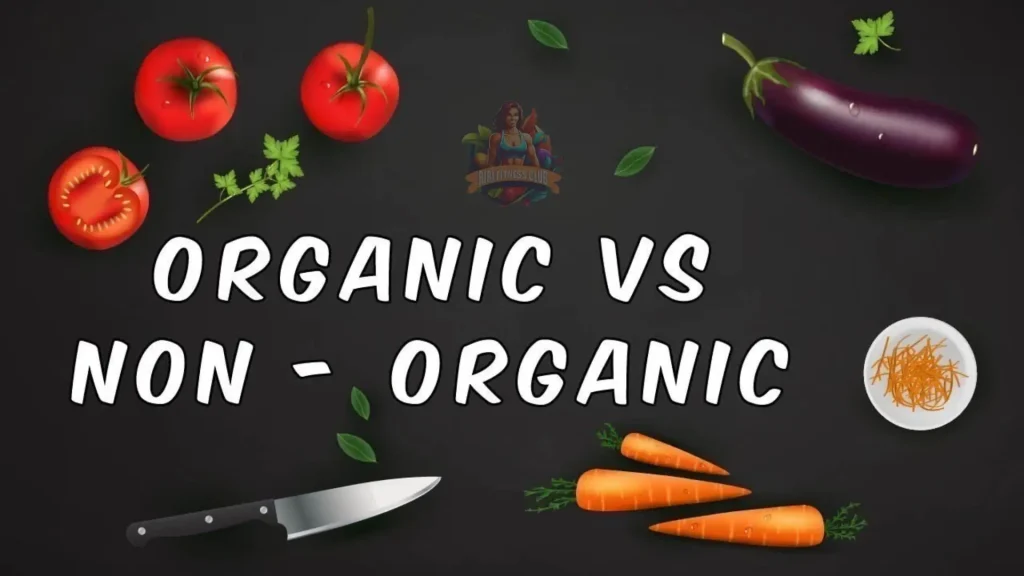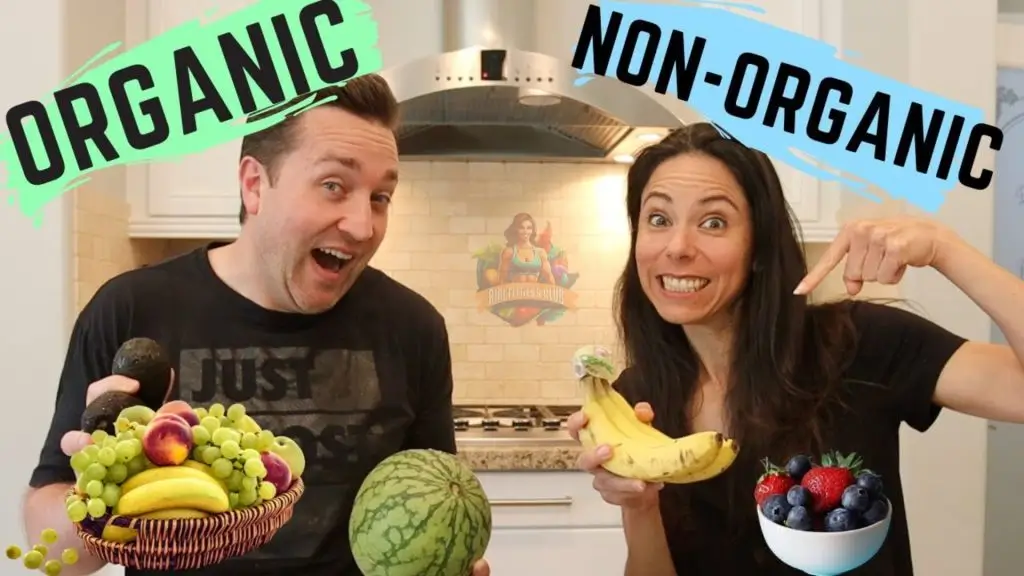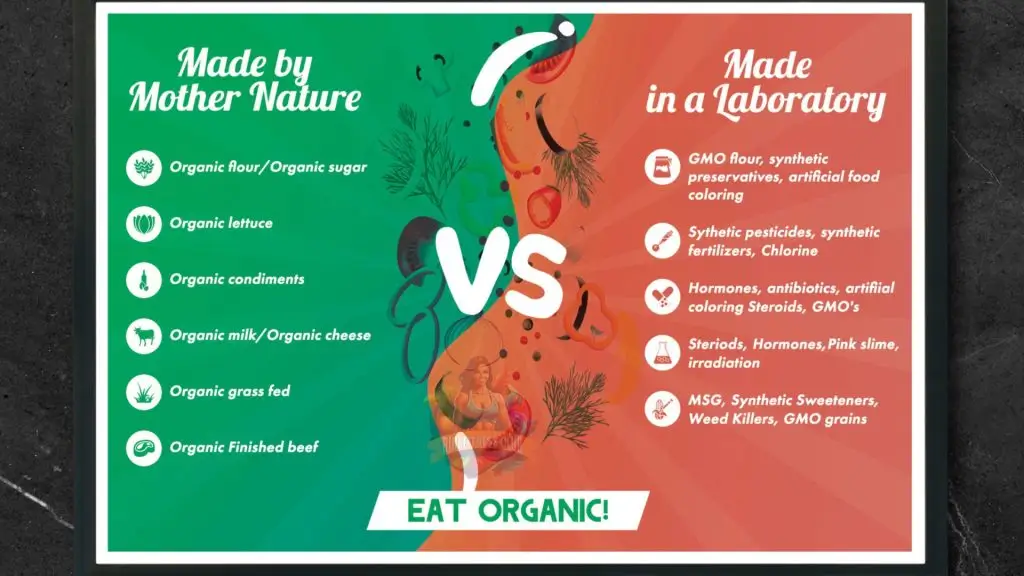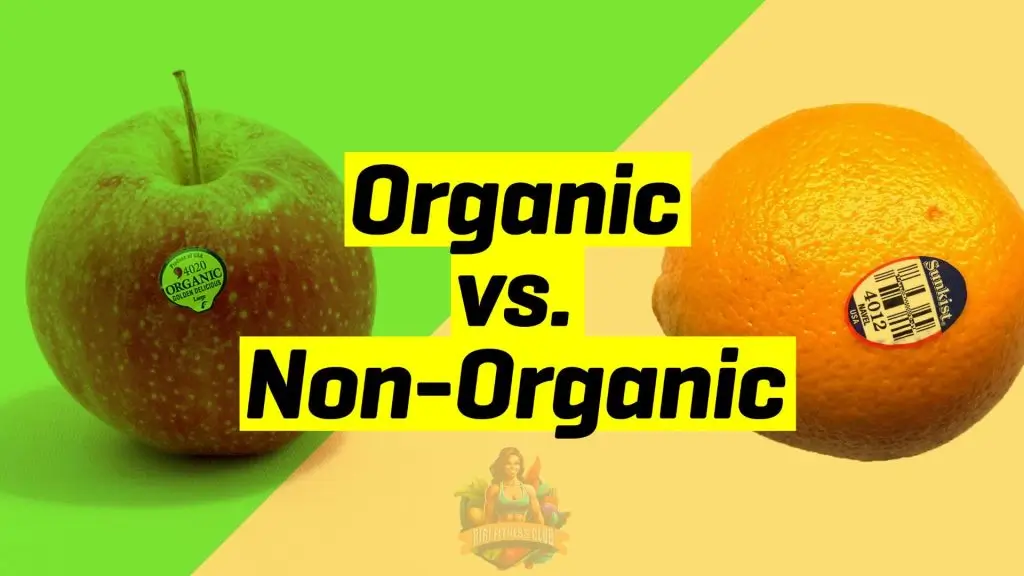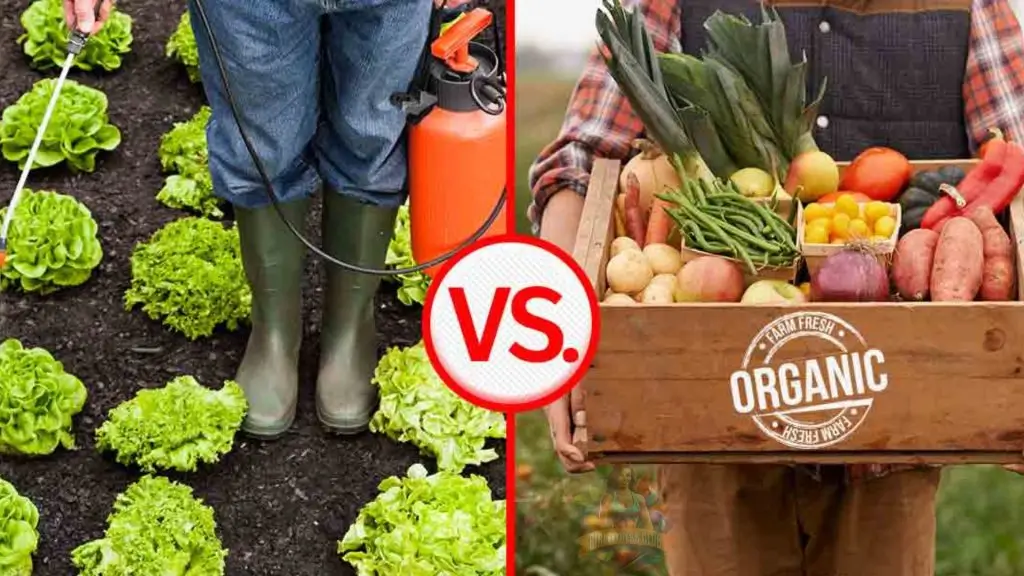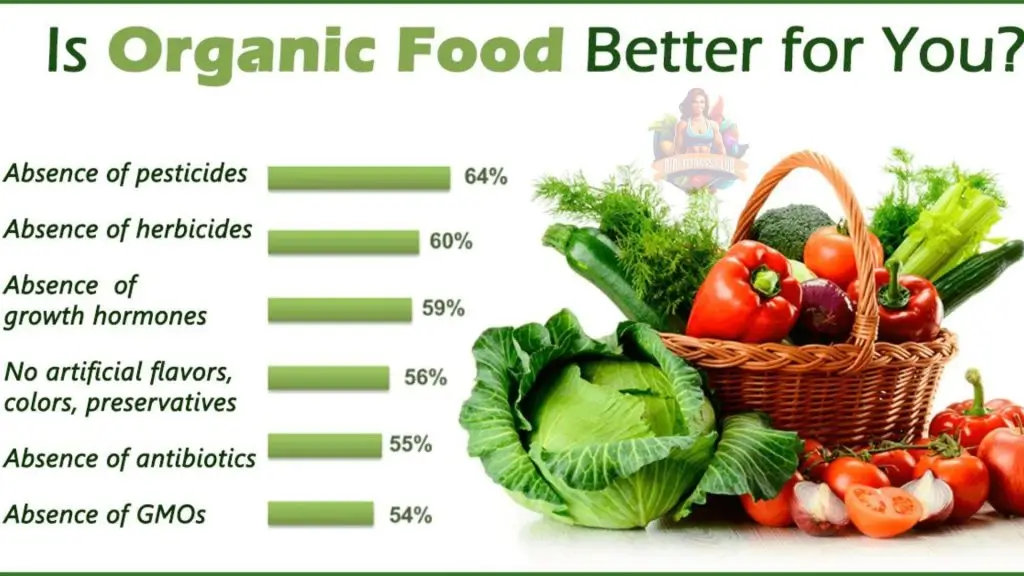8 Easy Vegetarian Recipes

When you’re juggling work, family, and more all at once, cooking might not be your top priority. But with a few easy recipes at your fingertips, meal prep can make life simpler and less stressful.
Here’s a roundup of eight easy vegetarian recipes that you can whip up at home. Not only are they plant-based and simple to follow, they taste absolutely delicious. You can tackle vegetarian cooking in no time.
Vegetarian Diets: What You Should Know
With its focus on plant-based proteins, fresh produce, and hearty whole grains, a vegetarian diet provides many health benefits while making nutritious eating feel vibrant, satisfying, and sustainable.
Why are vegetarian diets so popular?
People choose to be vegetarian for a host of different reasons, including environmental sustainability, animal welfare, health issues, religion, and more (2). Today it’s simpler than ever to go meatless with more plant-based staples on shelves, more vegetarian dishes at restaurants, and more trustworthy recipes at your fingertips.
If you’re worried about missing nutrients without meat, take a breath, you won’t. “Vegetarians can absolutely get all their nutrient needs met ,” says MyFitnessPal dietitian Katherine Basbaum. The key is building meals around nutrient-dense whole foods like beans, grains, veggies, nuts, and seeds rather than leaning on ultra-processed options that are nutrient-poor and high in sugar and salt..
Vegetarian diets can actually be very beneficial if you eat minimally processed, whole foods (1). In addition to added fiber, benefits include a range of:
- Vitamins
- Minerals
- Antioxidants (1)
Basbaum says these benefits can help lower risk for heart disease and help manage blood sugar, blood pressure, and weight (1).
How to make vegetarian cooking easier
Vegetarian cooking doesn’t need to be scary or overwhelming. Here’s a few tips to save time, money, and energy:
- Don’t be afraid of frozen foods. Frozen fruits and vegetables can be just as nutritious as their frozen counterparts (3). Plus, a lot of the time, they are cheaper and precut.
- Cook large batches and freeze. If you’re often short on time, you’ll want to cook larger batches and save leftovers for later.
- Prep vegetables in advance. You can do a mass washing and chopping session after going to the grocery store. This makes the daily cooking process a bit easier.

You might also like
8 Easy Vegetarian Recipes
See something you like? Discover The Top 6 Reasons Why Spinach Is Called A Superfood.
#1: Chickpea “Tuna” Salad Sandwich
Sometimes, it’s fun to create a vegetarian take on a classic sandwich. This chickpea “tuna” salad sandwich mimics the taste and texture of your typical tuna sandwich. Full of chickpeas, celery, and red onion, this dish serves up 18 grams of fiber and 18 grams of protein while being low in saturated fat.
All you really need for this dish is a bowl and spoon. Simply mix everything together and sandwich your mixture between two slices of bread for a delicious handheld lunch.
You can also spice things up a bit with dijon mustard, lemon juice, relish, dill, or whatever else you like.
Serves: 1 | Serving Size: 1 sandwich
Nutrition (per serving): Calories: 505, Total fat: 17g, Saturated Fat: 2g; Monounsaturated Fat: 3g; Cholesterol: 13.5mg; Sodium: 962mg; Carbohydrates: 78g; Fiber: 18g; Sugar: 20g; Protein: 18g
#2: Swiss Chard, Parmesan and Cottage Cheese Soufflé
If you like eggs, this one’s for you. This simple soufflé packs in flavor, texture, and lots of protein. The earthy Swiss chard adds a hearty, slightly bitter contrast to the creamy, tangy cottage cheese, while fluffy eggs bind it all together into a light yet satisfying low-carb dish.
Although this dish takes a bit of time to bake in the oven, the end product is absolutely worth it. It’s good for meal prep, so cut the soufflé into squares and save for an easily-microwaved breakfast. It also works well as a savory brunch centerpiece or a light dinner paired with a side salad.
Serves: 4 | Serving Size: 4-inch square piece
Nutrition (per serving): Calories: 284; Total Fat: 13.6g; Saturated Fat: 8g; Monounsaturated Fat: 4g; Cholesterol: 280mg; Sodium: 350mg; Carbohydrate: 9g; Dietary Fiber: 1g; Sugar: 5g; Protein: 35g
#3: Vegetarian Tamale Pie
Here’s a meatless take on a Tex-Mex classic that you can probably whip up right now. “Most of the ingredients are pantry and freezer staples that you can purchase and keep on hand, making it easy to put together whenever you’d like,” says Basbaum.
This tamale pie is great for a hearty yet healthy dinner. It’ll definitely satisfy any Tex-Mex or bean-forward cravings that you have.
Serves: 6 | Serving Size: 1 1/2 cups (185g)
Nutrition (per serving): Calories: 356; Total Fat: 11g; Saturated Fat: 3g; Monounsaturated Fat: 6g; Cholesterol: 42mg; Sodium: 660mg; Carbohydrate: 51g; Dietary Fiber: 7g; Sugar: 6g; Protein: 15g
#4: Jackfruit Enchiladas
Continuing the Mexican food theme, these enchiladas make good use of a lesser known fruit to create a yummy, savory meal. This dish also provides a homemade, healthier alternative to store-bought enchilada sauce, skip the excess sodium and preservatives.
Pair these enchiladas with a simple pico de gallo or a quick squeeze of lime to brighten up their flavor.
Serves: 4 | Serving Size: 2 enchiladas
Nutrition (per serving): Calories: 372; Total Fat: 21g; Saturated Fat: 5g; Monounsaturated Fat: 7g; Cholesterol: 15mg; Sodium: 698mg; Carbohydrate: 37g; Dietary Fiber: 12g; Sugar: 11g; Protein: 11g
About the Expert
Katherine Basbaum, MS, RD is Food Data Curator at MyFitnessPal. She received her Masters in Nutrition Communication from the Friedman School of Nutrition Science & Policy at Tufts University and completed her Dietetic Internship at UVA Health, where she also works as a nutrition counselor for cardiology patients.
#5: Mushroom Stroganoff
“Stroganoff is traditionally a very rich dish that packs a lot of calories and fat, but this vegetarian version gives you a hearty serving for a very moderate amount of calories,” Basbaum says. Mushrooms are rich in B vitamins, vitamin D, potassium, and more (4), packing this stroganoff with many nutrients.
Try this dish with a side salad for dinner, or alone for a microwaved lunch. Either way, you’ll definitely be satisfied and happy.
Serves: 4 | Serving Size: About 1 1/2 cups
Nutrition (per serving): Calories: 351; Total Fat: 15g; Saturated Fat: 6g; Monounsaturated Fat: 5g; Cholesterol: 66mg; Sodium: 466mg; Carbohydrate: 50g; Dietary Fiber: 5g; Sugar: 4g; Protein 13g
Nutrition Bonus: Potassium: 347mg; Iron: 15%; Vitamin A: 12%; Vitamin C: 6%; Calcium: 11%
#6: Cabbage and Onion Noodle Kugel
This healthier take on a Hanukkah staple truly has it all. From noodles and cabbage to Greek yogurt and eggs, this kugel covers every food base.
By using low-fat Greek yogurt instead of cream cheese or sour cream, this traditionally-fatty dish is made healthier, but still has the same creamy, comforting flavor that we know and love. You definitely don’t need a holiday as an excuse to devour this dish.
Serves: 9 | Serving Size: About 1 cup
Nutrition (per serving): Calories: 236; Total Fat: 11g; Saturated Fat: 2g; Monounsaturated Fat: 5g; Cholesterol: 23mg; Sodium: 293mg; Carbohydrate: 26g; Dietary Fiber: 5g; Sugar: 8g; Protein 10g
Nutrition Bonus: Potassium: 314mg; Iron: 8%; Vitamin A: 6%; Vitamin C: 51%; Calcium: 9%
#7: Vegetarian Country Benedict
This vegetarian mashup of eggs benedict and biscuits with gravy may take more time and effort, but if you’re hosting a brunch, it’s the perfect dish. This recipe includes what Basbaum calls one of the “secrets to lower-fat cooking”: pureed beans, which act as a combining agent for the biscuits.
Try this dish with a side salad of fruit, or add arugula instead of spinach. Regardless, this dish will definitely satisfy a hungry crowd.
Serves: 8 | Serving Size: 1 biscuit, 1/4 cup/55g scrambled egg, 1/3 cup/80ml gravy
Nutrition (per serving): Calories: 333; Total Fat: 16g; Saturated Fat: 8g; Monounsaturated Fat: 3g; Cholesterol: 214mg; Sodium: 667mg; Carbohydrate: 34g; Dietary Fiber: 6g; Sugar: 4g; Protein: 15g
#8: Spring Onion Frittata
Here’s another delicious breakfast recipe. Basbaum says that incorporating citrus and many fresh herbs in this frittata lets you cut back on sodium without sacrificing flavor.
Loaded with vitamins A and C from kale, this frittata serves up 28 grams of protein. If you have leftovers, feel free to reheat and eat it as it is, or slice it up and try it on toasted multigrain bread for a sort of bruschetta.
Serves: 4 | Serving Size: 1/4 frittata
Nutrition (per serving): Calories: 388; Total Fat: 26g; Saturated Fat: 8g; Monounsaturated Fat: 5g; Cholesterol: 568mg; Sodium: 616mg; Carbohydrate: 14g; Dietary Fiber: 3g; Sugar: 2g; Protein 28g
The Bottom Line
Anything’s possible when following a vegetarian diet. With a little bit of time and effort, you can easily transform basic ingredients into a delicious meal.


